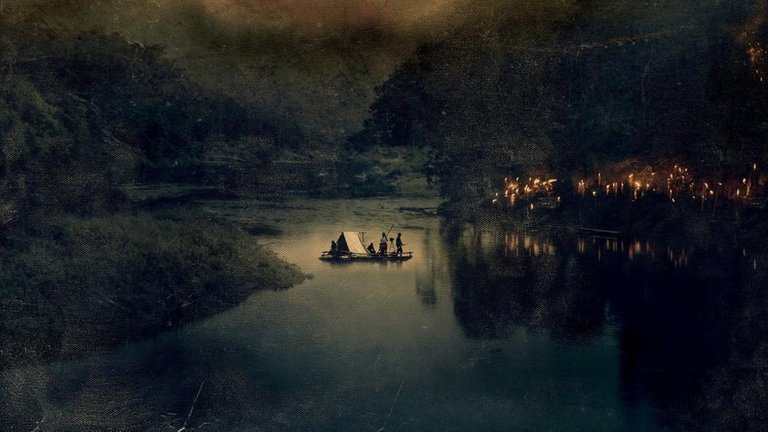team of archaeologists from Exeter University. The team had been investigating possible ancient settlements in the Amazon’s upper Tapajós Basin,discovered 81 sites from the pre-Columbian era (about 1250-1500 A.D.).ancient villages had been discovered before, but this finding indicates the existence of a widespread and highly populous civilisation in Amazonia,
South America in 1906 in order to map the border between Brazil and Bolivia, which the Royal Geographical Society, to which he belonged, had been commissioned to do as an unprejudiced third party. He made several more expeditions into the Amazon area, in the course of which he shot a 19-metre anaconda and discovered the Double-nosed Andean Tiger Hound.
By 1914, apparently based on manuscript documents written by an anonymous 18th century Portuguese explorer, he formulated a theory that a complex civilisation had flourished in Amazonia in pre-Columbian times, and that a lost city, which he named “Z” (Zed), existed in the Mato Grosso region of Brazil. In 1925, accompanied by his elder son Jack and one of Jack’s childhood friends, Raleigh Rimell, he set out on that final expedition to locate the city.
There are no vast stone structures, no pyramids or ziggurats. However, they do shed much light on how human cultures developed in the Americas. The rich archaeological findings which are re-shaping our thinking about pre-Columbian Amazonia may never have been possible without that obsession, to which Sri Lanka’s cultural heritage was crucial.

Hi! I am a robot. I just upvoted you! I found similar content that readers might be interested in:
https://roar.media/english/life/history/the-lost-city-of-zed-lankas-link/